The bare necessities
It’s that time of the season when the increasingly bloated Thorne’s catalogue crashes onto the doormat.
The timing is impeccable.
Through the long winter, experienced beekeepers have busied themselves with the unpleasant jobs ignored all last season; the painting and decorating, the tax return, tidying the loft or even gardening.
There’s only so much procrastination you (or I) can get away with …
More recently, if they’re like me, they will have been planning for the season ahead.
What didn’t work last year and needs to be changed? Which new method worked well and should be used on more colonies this year?
A different queen rearing strategy? A simpler method of swarm control?
Not enough frames, foundation, hive tools or labels?
Thank goodness, here’s the Thorne’s catalogue to save the day 😉
Like lambs to the slaughter
And, if you thought the Thorne’s catalogue was tempting for the experienced, imagine how it is viewed by a beginner.
They’ve spent the winter doing nothing but dream about balmy spring days with the bees {{1}}.
The six week ‘Beginning beekeeping’ course will soon be over and they must be ready for the season ahead.
They’ve promised honey to all their friends and family … and that’s not going to happen unless they’re properly equipped.
Thank goodness, here’s the Thorne’s catalogue to save the day 😉
Getting started
I started beekeeping with secondhand everything … hive, smoker, hive tool, beesuit, feeders, the lot. It was all reasonable quality equipment and was being sold because a beginner had reacted badly to a couple of stings and decided beekeeping was not for them.
I’m still using most of the kit.
The hive was a Thorne’s ‘Bees on a budget’ offering. It is made of cedar, but is paler and lighter (and frankly less good) than western red cedar boxes. It had been stained a weird red colour, so is still obvious in my – now mountainous {{2}} – stack of green-stained cedar and painted poly boxes.
More of a problem was that the supers had been assembled incorrectly and the beespace was all over the place. I pulled them apart and reassembled them.
It was probably the best £125 I’ve ever spent {{3}} … firstly because it was a very fair price for some barely-used kit, and secondly because it got me started with a hobby obsession that has engrossed me ever since.
Lots of people don’t find beekeeping engrossing {{4}}.
Most who start, give up.
Usually sooner rather than later.
You simply need to look at the number trained every winter.
My alma mater BKA (Warwick and Leamington beekeepers) trained about 40 new beekeepers a year from 2012 to 2020, but their membership grew by only ~120 during that period.
It’s a bargain … but caveat emptor
If you’re starting beekeeping this year take advantage of this high ‘drop-out’ rate. Buy some little-used equipment from a trusted source e.g. someone who trained in a previous year with the association … rather than from a dodgy bloke down at the allotment.
Equipment can carry diseases which is why I stressed a ‘trusted source’.
Even if you know something about the source and history of the kit, clean it thoroughly.
Flame a cedar box with a blowtorch, ensuring you get into all the nooks and crannies. Soak and scrub poly boxes with a strong soda solution.
Treat hive tools and smokers with soda in the same way.
Wash the beesuit thoroughly.
And throw away any gauntlet-type leather or faux-leather gloves. I’ll return to these later …
And, while you’re at it, discard any used frames and comb.
Beekeeping is an expensive hobby
If you don’t buy secondhand, the necessary equipment can be expensive.
And that’s before you get any bees.
I’ve seen plenty of 5 frame nucleus colonies being offered for £240-300 this year. Because of the Brexit import ban nucs are likely to be in short supply, particularly early in the season {{5}}.
Which means that the hive, suit, tools and bees might cost the best part of £750 … on top of the training course.
That’s a significant outlay.
And remember, for reasons explained elsewhere, it is always better to have two colonies.
With one colony you have no ‘internal controls’ – to use science-speak.
Is it bad tempered because it’s queenless, or simply because a strong nectar flow has stopped? If both hives are tetchy it’s likely to be the latter as you’re unlikely to ‘lose’ two queens simultaneously. With one colony, the loss of a queen can be terminal, with two it can almost always be easily rescued.
So … two complete hives, two nucleus colonies, frames, foundation, beesuit, tools etc. … which together will cost well over £1000.
And that’s before you consider the additional equipment you will need for swarm control.
And you will need it 🙁
The non-essentials
What do you need and what is superfluous?
Don’t be led by what’s in the ‘basic kit’ offered by beekeeping suppliers.
After all … their business is selling you stuff.
For example, most ‘kits for beginners’ I’ve seen include gauntlet-type gloves and a bee brush.
You won’t need a bee brush; you can either shake the bees off the frame, or use a tuft of grass or a large feather.
Gauntlets are an abomination.
They are impossible to clean and provide zero manual dexterity. Because you have no sense of touch you’ll inevitably crush bees. You’ll get stung, but will feel nothing as the gloves are so thick and protective.
Good?
No, bad.
The sting pheromone will soak into the glove and you’ll get stung more. You’ll have to wash the gloves every time you use them, so they’ll get cracked and hard so making handling frames even more difficult.
Not only are gauntlet-type leather gloves non-essential, I think they’re actually a serious impediment to new beekeepers. They provide the impression of safety and protection, but in practice prevent the safe and gentle handling of bees.
Instead use easy-to-clean (or disposable) long-cuff nitrile gloves. Add a thin pair of Marigold-type washing up gloves over the top if you need some additional confidence for your first few forays into a hive.
Boring boxes
A hive (or two) is essential. Your choice should be based upon what the local association members use. I would strongly suggest you don’t go off piste until you know what you’re doing.
If everyone around you uses National hives, don’t buy a Warré.
As soon as you use something ‘a bit weird’ (with apologies to Warré hive users) you’re stuck if you need a frame of eggs to rescue a queenless hive.
Or you want to sell an overwintered nuc.
You are at an immediately disadvantage.
By all means try these things after a season or two … but when you’re starting out it pays to be boring and mainstream and vanilla.
Which isn’t easy as the Thorne’s catalogue lists a lot of different hive types – National, 14×12, Dadant, Commercial, Langstroth, WBC, Warré, Layens, Smith, Drayton, Rose … at anything from £160 to – gasp – £700.
Some of these are compatible, others are not.
The association apiary is not filled with Layens’ hives, so don’t buy one as your starter hive.
For swarm control, I’d recommend buying a compatible polystyrene nucleus hive. This enables one of the easiest and most foolproof methods of swarm control, which has the advantage of needing the least additional equipment.
A reputable supplier, or – even better – local beekeeper, should be able to provide your first nucleus colony in a suitable nucleus box.
The additional £30-50 is an excellent investment.
Polystyrene hives are used increasingly and are generally very good quality. Again, compatibility is essential. Avoid anything that you cannot mix with other boxes like the plague … like overhanging lips or rebates.
Do as I say, don’t do as I did 😉
And you’ll need frames … lots of frames.
The horizontals
The boring boxes are topped, tailed and separated with the horizontal bits of the hive – the roof, floor and the queen excluder.
Roofs and floors can be made cheaply and easily if you need them. Crownboards can be as simple as a sheet of thick polythene, or something more complicated.
It’s likely that these things will all be with the hive you buy … but if they’ve gone missing it’s not a dealbreaker if you’re buying secondhand. Just offer a bit less.
Plastic queen excluders can be purchased from about £4.
However, I’d strongly advise buying (or building) a framed wire queen excluder. These are more expensive, but far better in use. Their integral beespace means they are much easier to place back on the brood box, particularly if the colony is really strong.
Investing for the future
Framed wire QE’s are 3-5 times the price of the plastic alternatives. That’s a substantial additional cost. However, it’s one that will more than repay the investment over subsequent years … in terms of fewer crushed bees, easier colony inspections and more enjoyable beekeeping.
Of course, it’ll only repay the investment if you keep on beekeeping … but I’d argue you’re more likely to do so if your colony inspections are easier and you crush fewer bees 😉
There are a few other things where items can be purchased relatively cheaply (or perhaps inexpensively might be a better word here), but that – over time – benefit from spending a bit more.
The three most obvious (to me at least) are the hive tool, the beesuit and the smoker.
Hive tools
I know beekeepers who use an old screwdriver as a hive tool. They work, though the box edges are a bit tatty.
For years I used Thorne’s ‘budget’ claw hive tools (second from the left in the picture below), always purchased for £2 at conventions or during the winter sales.
I owned better quality hive tools – like the ‘Frontier-type’ German-made hive tool (second from the right, above) – but found them too big and heavy. They were also inconvenient to pick up as they lie flat on a surface.
More recently I’ve purchased a few of the non-budget claw-type hive tools. These look very similar to the one above (again, second from the left) but are made of much better quality stainless steel and have an excellent sharp edge and strong claw. They were over six times the price, but fit my hand nicely and should last a lifetime until I lose them {{6}}.
Hive tools are a very personal item. Some offer more leverage than others, some suit smaller (or larger) hands, some are comfortable, others awkward.
Pre-Covid you could try a range of hive tools at any association apiary session to find what feels right. Those days will return … but in the meantime you either have to stick with your first choice or buy a few over time and decide what works best.
You’ll lose them in the long grass anyway 😉
The smoker
I’ve discussed smokers before and so won’t go into too much detail.
Like hive tools, there are good and poor quality smokers. Unlike hive tools (which all more or less do the job intended) some smokers work very poorly.
My original smoker (pictured above) is still used now and again. However, it’s too small for extended use and needs work to keep it going.
I now use Dadant smokers and – when I next reverse over one in the car – will again (!) replace it with another Dadant smoker.
The large Dadant smoker is outstanding and the smaller one (which is still not very small) is just very, very, very good.
These are easy to light, they stay lit and they just keep on working.
I’m not recommending these as a necessary initial outlay … but if and when you need to replace your smoker they are a very worthwhile investment.
And, while we’re at it, I’d recommend a box to store the smoker in safely.
After prolonged use smokers get very hot. You either:
- dump them in the back of the car and risk a major conflagration while driving back from the apiary
- wait until they cool sufficiently to avoid a fire, but risk a later conflagration when you arrive home so late your dinner is ruined (“since you prefer to spend all your time with your bees”)
- stick them in a smoker box and avoid the risk of conflagrations of any sort 😉
Again, perhaps not essential, but not far off …
Beesuits
There are some pretty fancy beesuits available these days. Ventilated, multi-coloured, stingproof … or even all three together.
When you’re starting beekeeping, the really important thing about a beesuit is that it provides you with the protection you need to gain confidence when working with bees.
The stingproof ones tend to look very bulky {{7}}. I’ve never used one or even tried one on, but I presume they don’t impair your movement too much.
The only beesuits I’ve ever used are by BBwear. These, and the not quite separated-at-birth BJ Sherriff, make excellent beesuits for UK beekeepers.
Their products are a bit more expensive than the budget offerings from eBay or those sold with ‘start beekeeping’ kits. However, the investment is probably worthwhile. Ask your association whether they can arrange a group purchase – you can usually negotiate a worthwhile discount.
Both companies will also repair the beesuits as they, inevitably, get worn or torn, so your are essentially purchasing something that should last a decade or more.
My full suit (A BBwear deluxe suit) is approaching 15 years old and needs some repairs, but has lots of life in it yet. I supplemented it with a deluxe jacket which I wear for 75% of my beekeeping.
Neither is stingproof.
If I’m getting stung through the suit it’s because the colony has lousy genetics and urgently needs a new queen, or I’m being sloppy or hamfisted in my colony manipulations … or it’s raining hard and I really shouldn’t be opening the colony anyway.
Of course, none of these things ever happen 😉
In an emergency I can always wear a fleece under the beesuit to provide additional protection.
But what about … ?
The overweight Thorne’s catalogue lists a further 23,759 other ‘useful’, essential’, ‘practical’, ‘convenient’, ‘clever, ‘helpful’, ‘beneficial’, ‘functional’ or ‘serviceable’ items almost none of which are needed when first starting beekeeping.
And some of which are never needed … ever.
But what about a …
- one handed queen catcher? Check the ends of your arms … do you have 5 digits on each? You therefore have a one handed queen catcher already built in. You need to be able to find the queen first. And, with luck, the one in the nuc you purchase will already be marked.
- mouseguard? Some floors don’t need mouseguards at all. Those that do, don’t need them until November which is a very long way off.
- fancy multifunctional floor or crownboard? Purchased with all the add-ons these cost more than a standard hive. They might be useful, but they tie you into a particular format which may, or may not, be available in subsequent years. I’d recommend waiting until either a) you decide to build your own, or b) you realise you don’t need them anyway 😉
- combi brush? Er, no {{8}}.
Enjoy all 94 pages of the Thorne’s catalogue.
Read it and re-read it.
But save your money until you better understand what you really need.
As I said before … Do as I say, don’t do as I did 😉
Buy the bare necessities and, if possible, invest in quality items that will last you for years.
Even if your beekeeping doesn’t last for years, they’ll have a better resale value {{9}}.
And if you carry on beekeeping – which, of course, I hope you do – those bare necessities will be your trusty companions through season after season, making them exceptional value for money.
Except for the hive tool you lose midsummer in the long grass 🙁
Notes
Other catalogues are available … online, even if not in print. My Thorne’s catalogues arrived this week and, until recently, I lived 10 minutes from Thorne’s of Scotland. If I’d lived in York I’d have offered the same advice but substituted Abelo for Thorne’s throughout.
{{1}}: Which, in fairness, is pretty much what I’ve done as well …
{{2}}: Mountainous in an amateur, few hives in a few apiaries, sort of way … not the floor-to-ceiling barn full I’ve seen in commercial operations.
{{3}}: Though it was so long ago I probably paid in groats.
{{4}}: What’s wrong with them?
{{5}}: I’m going to discuss this in more detail next week …
{{6}}: Truth be told … I ordered these as part of a large online order during the sales. I’d intended to order the budget model but selected the wrong item. D’oh! It was a large order, so the additional cost of a few quality hive tools was ‘lost in the noise’. It’s a mistake I don’t regret.
{{7}}: No beesuit is ever going to look elegant or well-tailored … get used to it!
{{8}}: I could explain why, but I’ll leave that as an exercise for the reader.
{{9}}: Think back to the disconnect between trainees and membership numbers … at least 50% of people who attend a start beekeeping course probably stop beekeeping within 2-3 years.
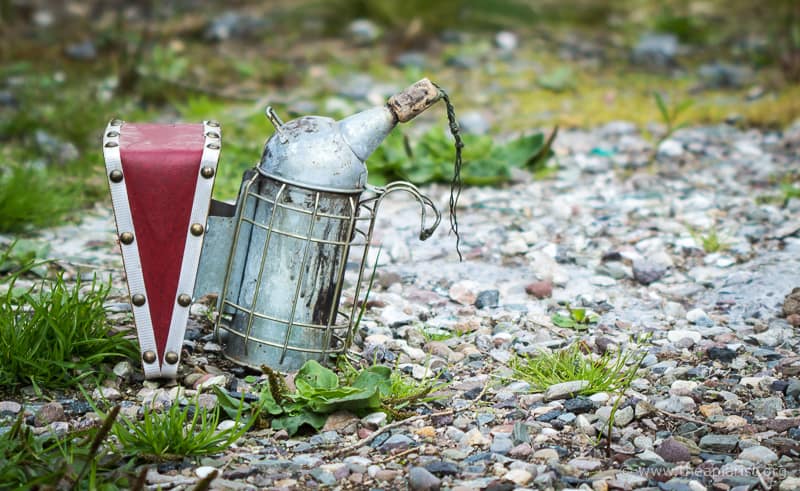
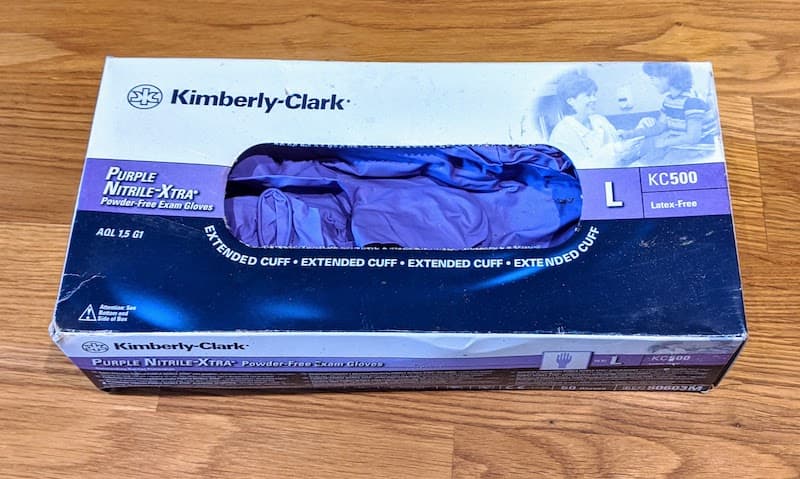
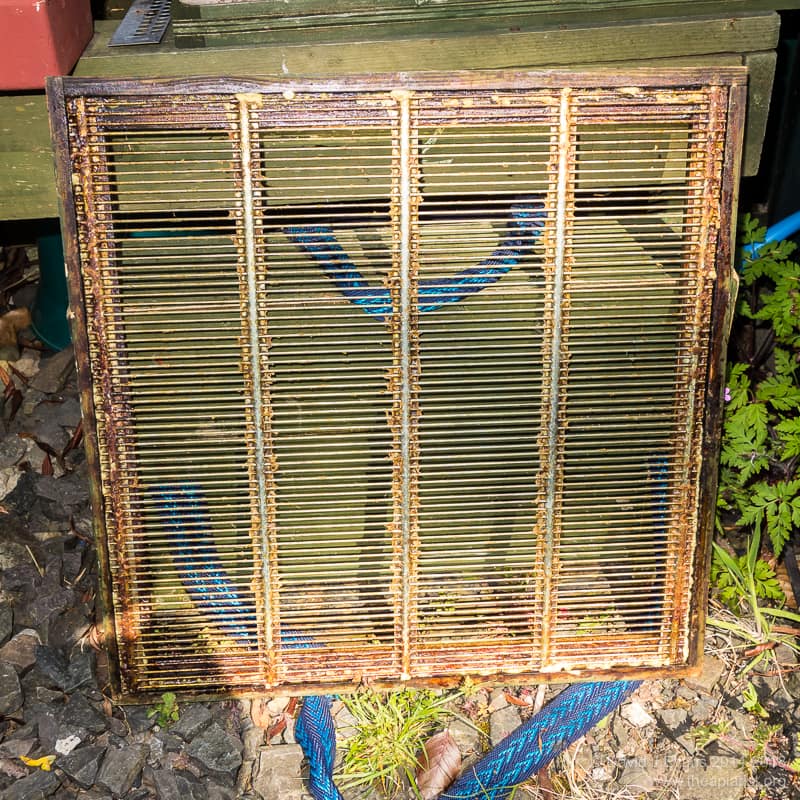
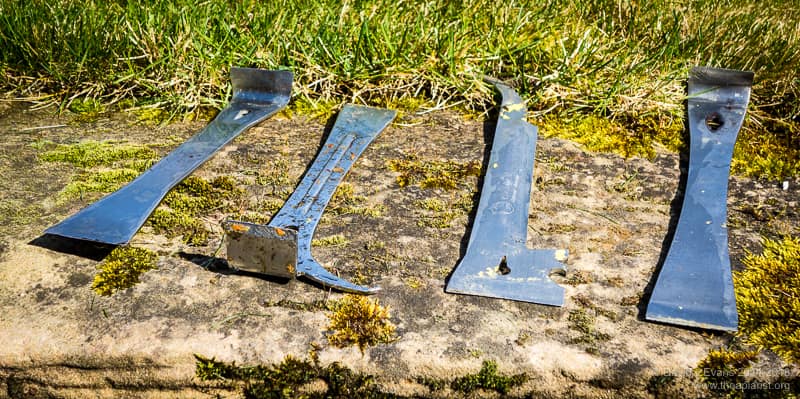
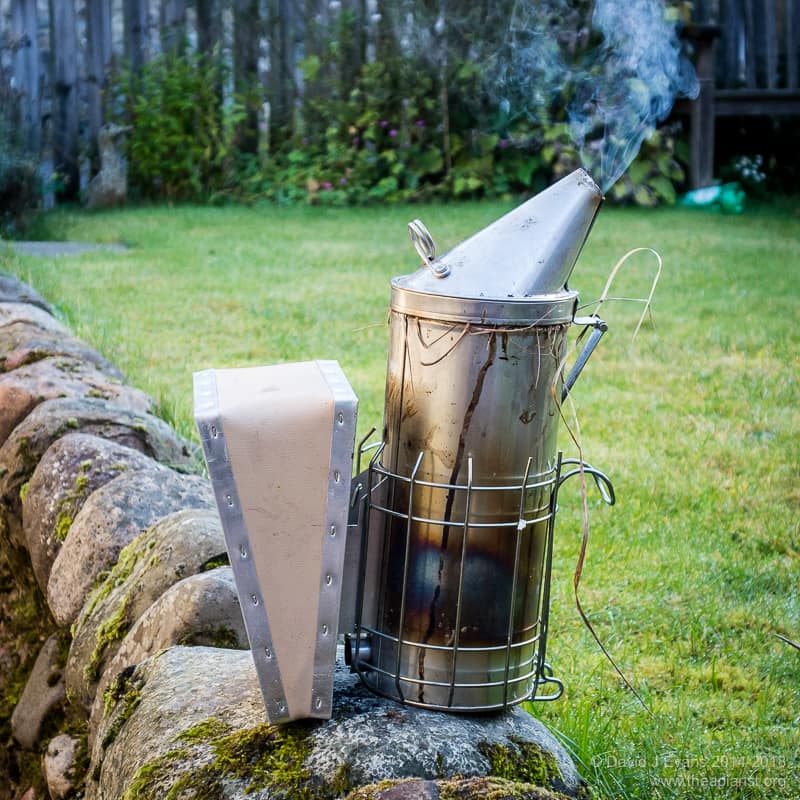
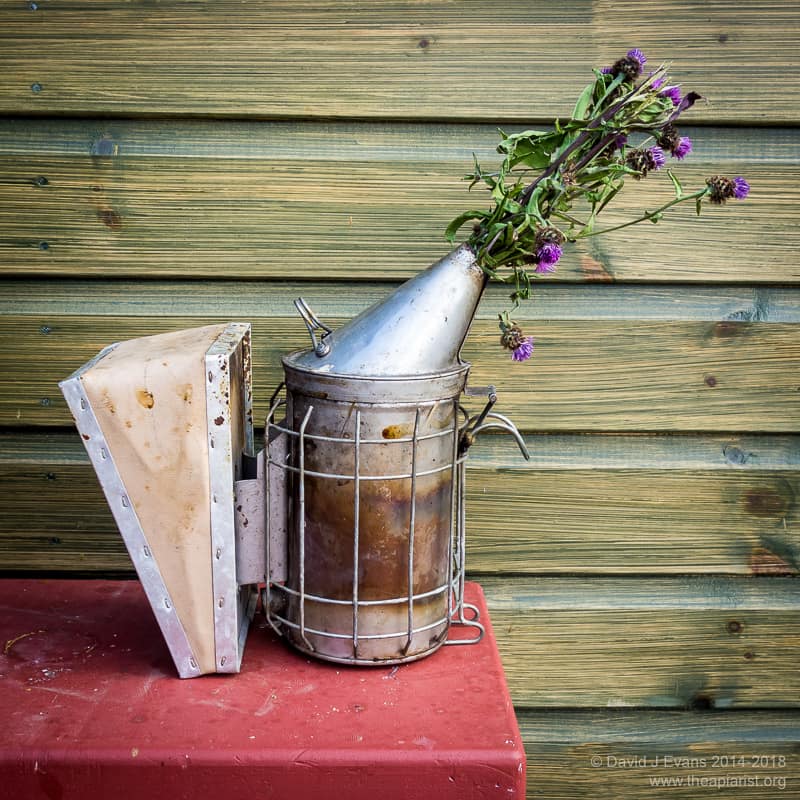
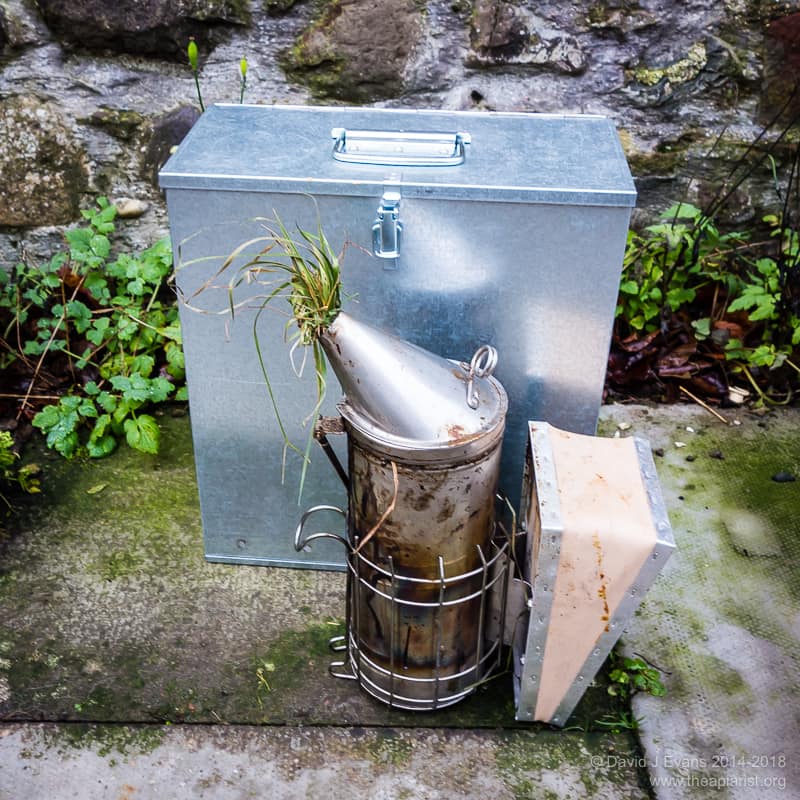
Join the discussion ...